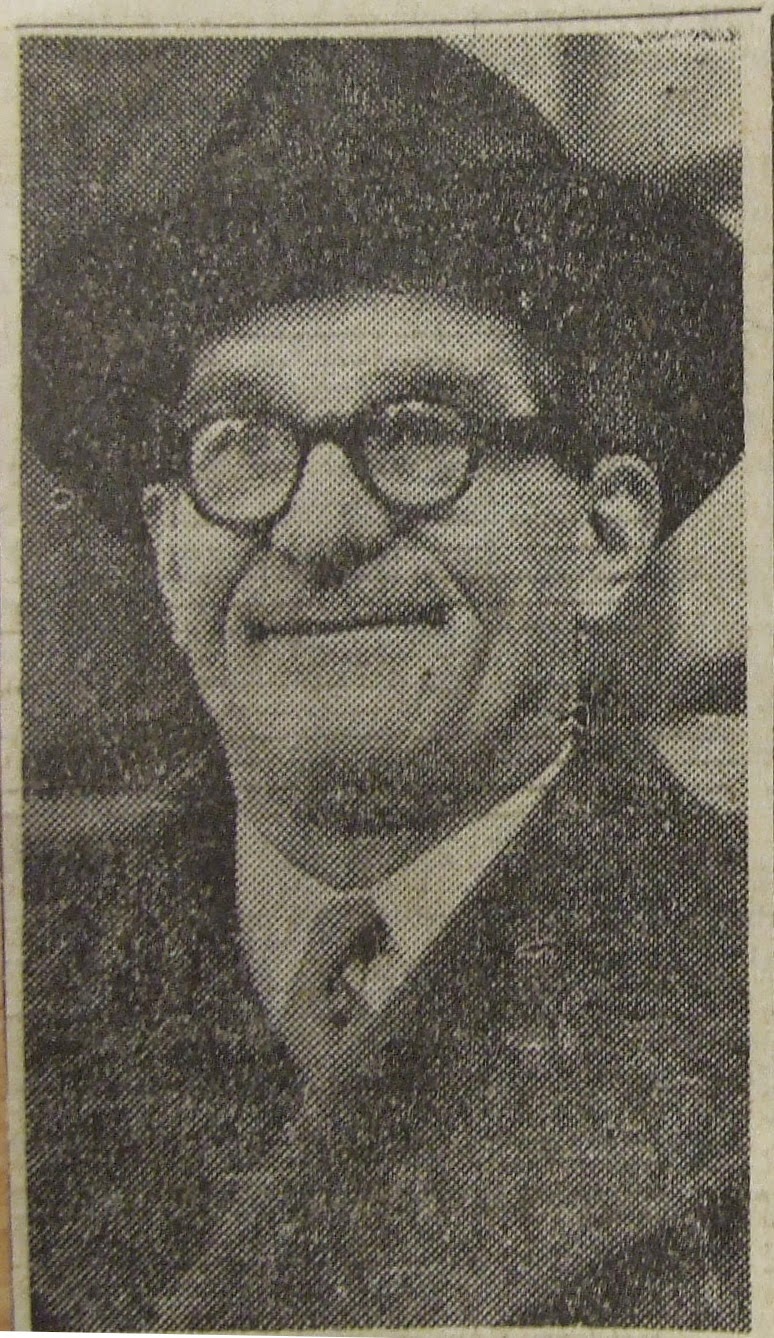 |
| Portrait of Joseph Warwick Bigger |
The Adopt-A-Treasure programme
helps the RCPI's Heritage Centre to preserve and restore our unique
collections.
This portrait of Joseph Warwick Bigger, by the artist Sean Keating (1889-9917) was adopted by Prof Hilary
Humpreys, FRCPI.
Joseph Warwick Bigger was born in Belfast on September 11, 1891,
the only son of Dr. Edward Coey Bigger (later Sir) and Maude Coulter Warwick.
The family moved to Dublin in 1900 when his father was appointed medical
inspector under the local government board. As a schoolboy Bigger attended the
Presbyterian St. Andrew’s College. Professor W. F. Fearon, who befriended
Bigger during a science class, recalls how on Saturday afternoons they would
attend the Abbey Theatre, which was regarded as a ‘dangerous opium den by the
school authorities.’ [1]
Bigger excelled in his studies,
entering Trinity in 1910 where he was in turn junior exhibitioner, medical
scholar, Begley student and Purser medallist. He obtained first place in each
of the three parts of the final examination for the degrees of M.B., B.CH.,
B.A.O. in 1916. In 1918 Bigger obtained
his Diploma in Public Health and proceeded to his M.D. , becoming a Doctor of
Science in 1925.
Bigger was elected a Fellow of the
Royal College of Physicians of Ireland in 1922.He was a founding member and
honorary secretary of the Cooperative Society. Fearon describes how to him
‘most memorable of all was his association with the Gaelic society. In an
endeavour to raise the spirits of that somewhat dejected assembly Bigger was
instrumental in getting an invitation sent to Padraic Pearse to address the
society. Pearse agreed and the stage was set for what might have been a
historic meeting, but Anthony Traill, then provost, became annoyed at the
proceedings and prohibited the meeting. As a result the society marched out in
force singing a suitably modified pantomime song “Oh, oh, Antonio, we’ve gone
away.” He goes to explain how this was, as far as he was aware, ‘the only
occasion on which Bigger was known to sing.’ [1]
 |
| Joseph Warwick Bigger (from Kirkpatrick index) |
Bigger suffered from rheumatic fever
during the beginning of the First World War, keeping him from military service
and leaving him with cardiac complications from which he never fully recovered.
Soon after qualification Bigger’s special interest in pathology and bacteriology
led him to be appointed demonstrator in pathology and bacteriology in the
University of Sheffield (1916-1919). He
left this post in 1919 to return to Dublin as pathologist and medical inspector
to the Local Government Board. From 1920 to 1922 he held the professorship of
preventive medicine and forensic medicine in the School of the Irish College of
Surgeons. He was appointed professor of bacteriology and preventative medicine
in Trinity College Dublin in 1924 and kept this post till his retirement due to
ill-health. He was dean of the medical school from 1936 until the outbreak of
war in 1939.
 |
| Newspapter cutting from Kirkpatrick index |
During the war he served as
lieutenant-colonel in the R.A.M.C., assistant director of pathology to Northern
Command at York. Despite the unfavourable conditions, he published a series of
papers on research into antibacterial substances. His discovery of the
phenomenon of persistence, a name given to the fact that a small proportion of
a population of bacterial cells always survives when treated with a lethal
concentration of an antibiotic, was published in the Lancet in 1944 and is
probably his most important contribution to science. He was a prolific writer
and built a strong international reputation for Bacteriology in TCD by
publishing the first textbook on the subject suitable for medical students.
Bigger's Handbook of Bacteriology was
first published in 1925, running to eight editions and translated into Spanish.
He was also author of a textbook on hygiene and Man against Microbes.
Bigger was a prominent and
distinguished member of the medical and social world of Dublin. He was
university representative of the Senate from 1947 to 1951. He showed himself to be a courageous speaker,
noted for a two-hour speech against the Republic of Ireland bill (1948), stating
that the declaration was contrary to the election pledges of at least one of
the parties in government.
Bigger was instrumental in the establishment
of the Moyne Institute of Preventative Medicine. He helped to plan
the institute and was to be its first director. Unfortunately, he
announced his retirement on the same day as the ceremony for the laying of the
foundation stone, in September 1950, due to ill-health. He had leukaemia, making
the diagnosis himself while he happened to use a film of his own blood in the
laboratory. He died August 17, 1951.
1. Professor W.R. Fearon, Sc.D., An Appreciation, The Irish Times, August
18, 1951 (Kirkpatrick index)
2. Pauric J. Dempsey, Dictionary of Irish
Biography
3. Obituary, British Medical Journal, August 25,
1951 (Kirkpatrick index)